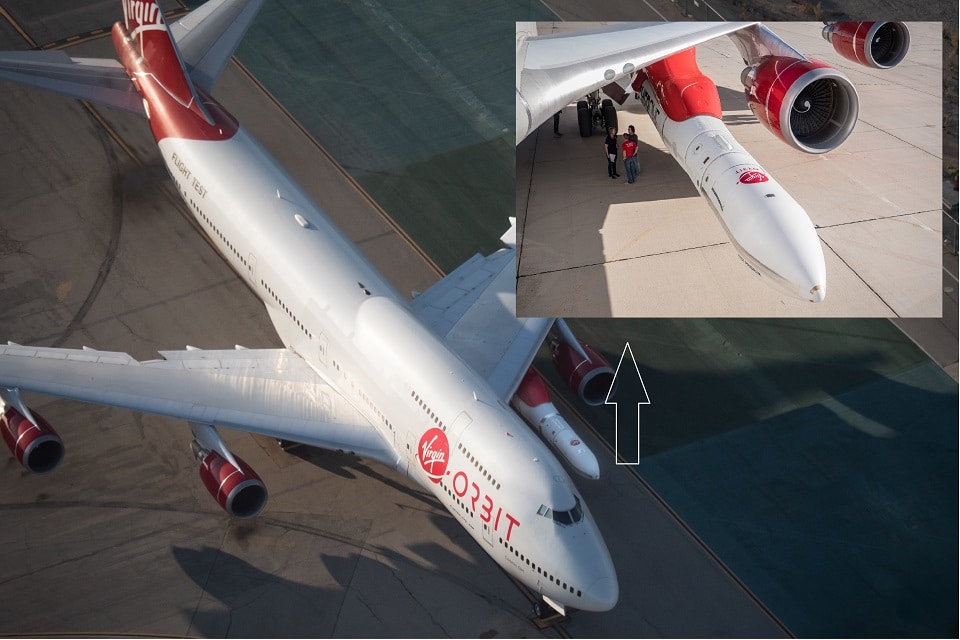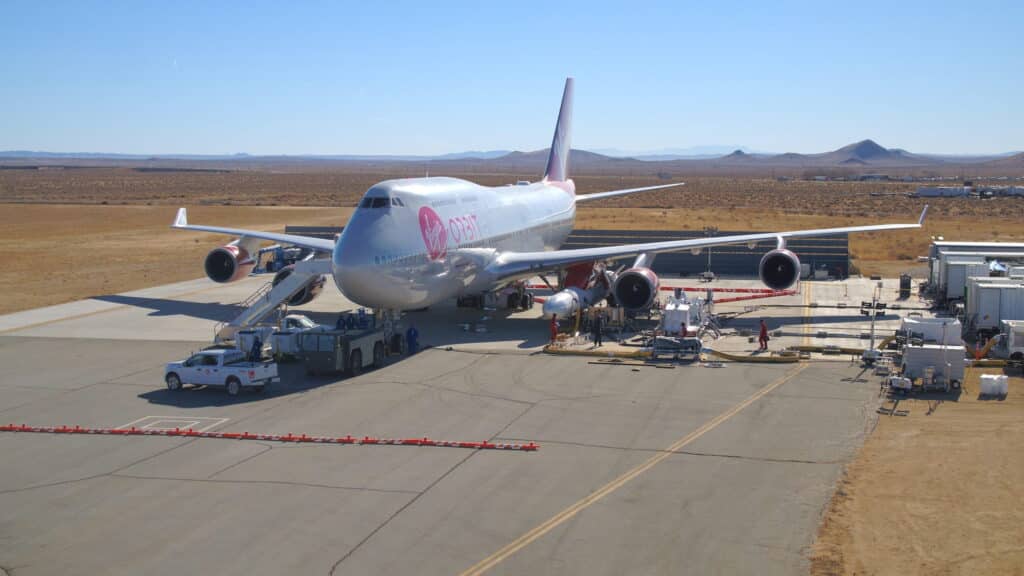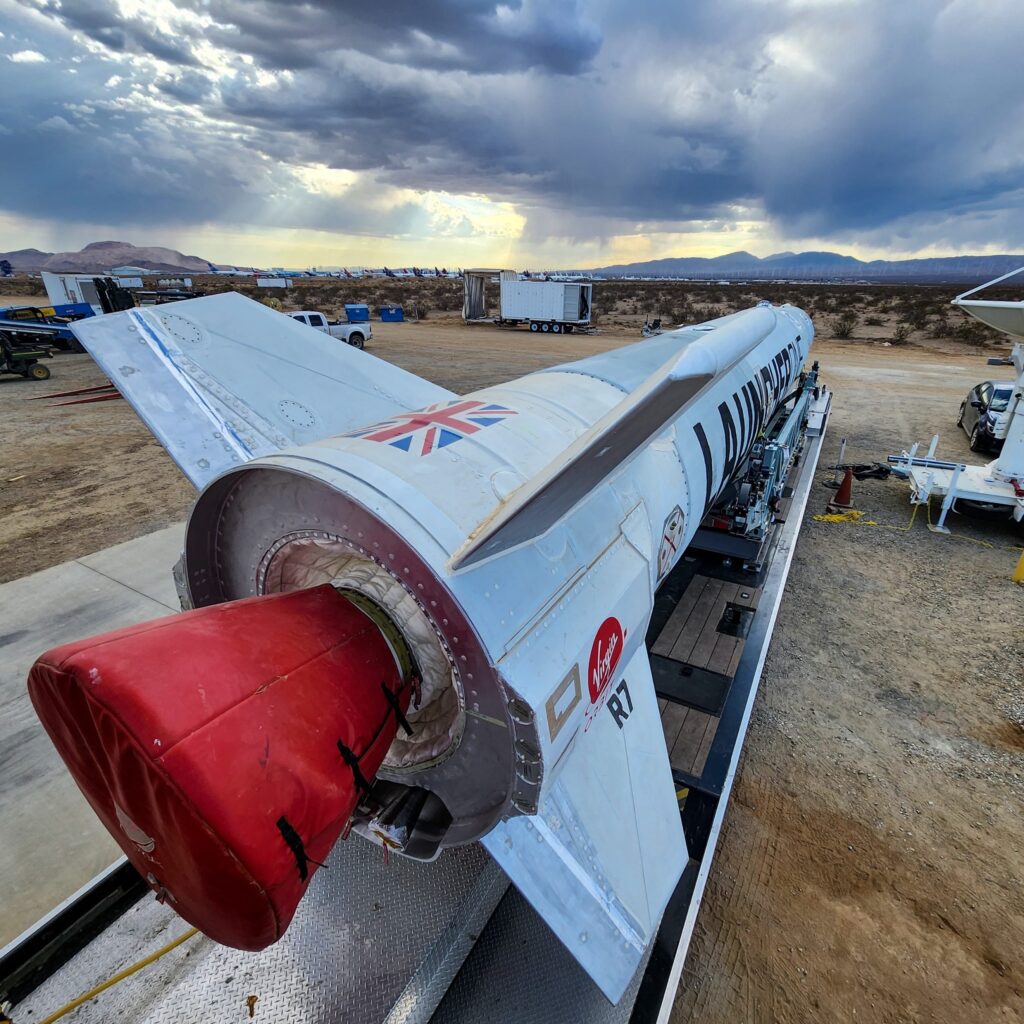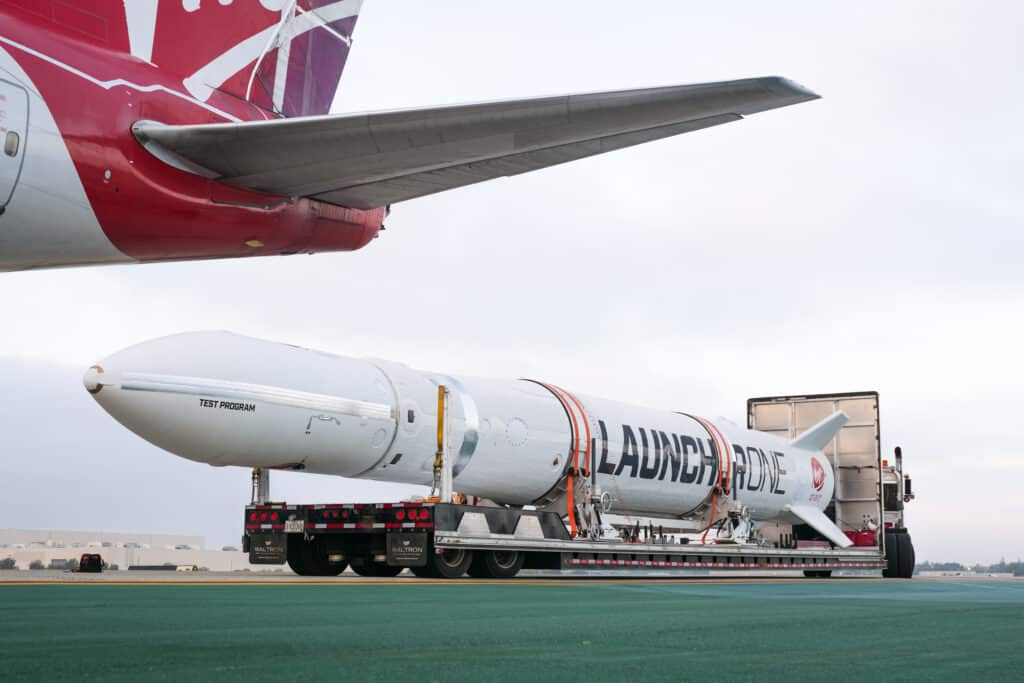Aerospace
Virgin Orbit wants to be the ‘Uber for satellites’. Its cost-effectiveness is explained.
Virgin Orbit put the satellite in Space Orbit for an affordable price. The new Uber business in the space.

The space market is a unique market because so few businesses and organizations are engaged in it. In the past, only government-funded organizations such as NASA from the USA, Russia, India, and China—among many others—were used to send satellites into orbit. Obtaining approval to send satellites through such organizations, which also included receiving geopolitical recommendations, took a fair amount of time. however, private firms have started to enter the industry during the past ten years, like Elon Musk’s SpaceX initiative. It is currently one of the most popular space launch services. However, the same Virgin corporation is also active in the space industry as they launch satellites and rockets using Boeing 747 jumbo jets. which would be a quicker technique for starting a small version satellite.
Meet the world’s first Space Tourists to fly around the Moon(Opens in a new browser tab)
One of Virgin’s two main programs is Virgin Galactic, which runs commercial flights for tourism purposes and offers orbital tours, which are very interesting to many interested tourists. in the same time and space. one more amazon follows Blue Origin One of each was established by Jeff Bezos in the year 2000. However, Virgin is also involved in the Virgin Orbit program, providing services including mid-air rocket and satellite launches.
How Does In-Flight Wi-Fi Really Work?(Opens in a new browser tab)
How does Virgin Orbit operate?
The satellite is carried by a Boeing 747 jumbo jet and launched from a platform atop some space travel. The launches will aid in the expansion of Spire Space Services, a platform that provides customers with quick and scalable access to space through a subscription model, as well as ongoing upgrades and enhancements to the company’s fully deployed satellite constellation. They serve as an example of the growing demand for small satellites. Spire will launch to a variety of orbits, from mid-inclination to polar, all from Virgin Orbit’s first spaceport in Mojave, California, taking full advantage of LauncherOne’s proven adaptability.
Airbus Beluga delivers Airbus satellite to Kennedy Space Center(Opens in a new browser tab)
A second chance for the 747
As is acknowledged, the Boeing 747 is gradually winding down from commercial flight operations due to a decline in demand as well as the need for extensive aircraft maintenance. However, it discovered a new way of life with Virgin Orbit, where it serves as a satellite launch pad. where it will be a component of the one big space mission that greatly enhances satellite networking. In the USA, GE engines are also tested on the Boeing 747. Additionally, it plays a crucial role in the testing of new engines. It can be utilized as a test bed or as a space observatory due to its four engines.
The space’s Virgin has now evolved into UBER.
Many businesses are searching for long-term viability in the market as competition increases. Space exploration is an expensive endeavor, but once you succeed, you can manage your corporation with ease. The space program has joined the private sector in order to compete with other organizations. Virgin Orbit, founded by Richard Branson, aims to become “Uber for satellites.” To launch satellites into orbit, the business uses a rocket hung beneath the wing of a jumbo jet. The business claims its delivery approach offers a significant benefit.
Virgin Orbit and Spire Global collaborate
Spire Global and Virgin Orbit previously demonstrated the flexibility of LauncherOne’s rapid call-up capabilities with the late-load of Spire’s ADLER-1 satellite on board the Above the Clouds mission from Mojave, California in January 2022—a mission that took just 22 days from the initial call-up to payload integration. Building on that achievement, the two companies are working together to provide Spire’s international clientele with speedy and adaptable launch solutions.
Spire Global, Inc. (NYSE: SPIR), a global provider of space-based data, analytics, and space services, has entered a legally binding Launch Service Agreement with the top launch provider Virgin Orbit (Nasdaq: VORB), to purchase numerous launches over a number of years, building on their shared track record for productive collaboration in responsive space. In 2023, the first launch is anticipated.
- Spire Global has committed to purchase multiple launches from Virgin Orbit, starting in 2023.
- The launches will support Spire’s growing Space Services business as well as upgrades and enhancements to the company’s fully deployed satellite constellation.
- The launches are part of Virgin Orbit’s growing launch backlog as it heads towards its first international launch later this year from the United Kingdom.
A reasonable cost for orbiting your satellite.
Spire has now been added to Virgin Orbit’s growing list of clients that want both launch site and orbital destination flexibility. Virgin Orbit is committed to offering the commercial, academic, and governmental small satellite industries flexible, inexpensive, quick launch opportunities anytime, anywhere.
Courtesy: Virgin Orbit for more information click here.

Aerospace
Boeing Transfers Rocket Stage to NASA, Paving Way for Human Moon Mission

Boeing has achieved a significant milestone by providing NASA with the second core stage of the Space Launch System (SLS) rocket.
This crucial component, crafted at NASA’s Michoud Assembly Facility (MAF), is set to propel the Artemis II crew into lunar orbit, marking humanity’s return to deep space after a 50-year hiatus.
The monumental Boeing-built rocket stage, the largest element of the Artemis II mission, will embark on a journey aboard the Pegasus barge, traveling 900 miles to NASA’s Kennedy Space Center.
Comparison of two legendary aircraft B777x vs B747 aircraft:Click here
Upon arrival, it will be meticulously integrated with other essential Artemis II components, including the upper stage, solid rocket boosters, and NASA’s Orion spacecraft within the iconic Vehicle Assembly Building. This intricate integration process is a vital step toward the eagerly anticipated Artemis II launch, slated for 2025.
“Boeing-built products helped land humankind on the moon in 1969, and we’re proud to continue that legacy through the Artemis generation,” remarked Dave Dutcher, vice president and program manager for Boeing’s SLS program. “Together, with NASA and our industry partners and suppliers, we are building the world’s most capable rocket and paving the way to deep space through America’s rocket factory in New Orleans.”
NASA, Lockheed Martin Reveal X-59 Quiet Supersonic Aircraft:Click here
The delivery of Core Stage 2 marks a significant achievement in the evolution of the SLS rocket. Towering over 200 feet and powered by four RS-25 engines, this core stage, coupled with two solid-fueled booster rockets, will generate a staggering 8.8 million pounds of thrust. This immense power is crucial to launching Artemis II and future missions into the vast expanse of space.
The SLS rocket stands unparalleled in its capability to transport both crew and substantial cargo to the moon and beyond in a single launch. Its extraordinary capacity will facilitate the delivery of human-rated spacecraft, habitats, and scientific missions to destinations including the moon and Mars, ushering in a new era of space exploration.
-

 Travel1 week ago
Travel1 week agoAir India to Expand US Operations with Three New Routes After a Decade
-

 Travel2 weeks ago
Travel2 weeks agoWhy We Should Avoid These Stamps in a Passport
-

 Airlines1 month ago
Airlines1 month agoInvestigations Reveal Fake Chinese Titanium in Boeing and Airbus Jets
-

 Tech4 weeks ago
Tech4 weeks agoChina’s CATL Plans 1,800-Mile Electric Plane Launch by 2027
-

 Airport3 days ago
Airport3 days agoTop 10 Largest Airports in the World by Size
-

 Aerospace4 weeks ago
Aerospace4 weeks agoChina’s Fighter Jets Turn Wings into Autonomous Drones
-

 Airlines4 days ago
Airlines4 days agoAir India Rolls Out A350s for Delhi-New York JFK and Newark Routes
-

 Defence3 weeks ago
Defence3 weeks agoBoeing Enhances Chinook with New Engines and Block II Upgrades at $96 Million











